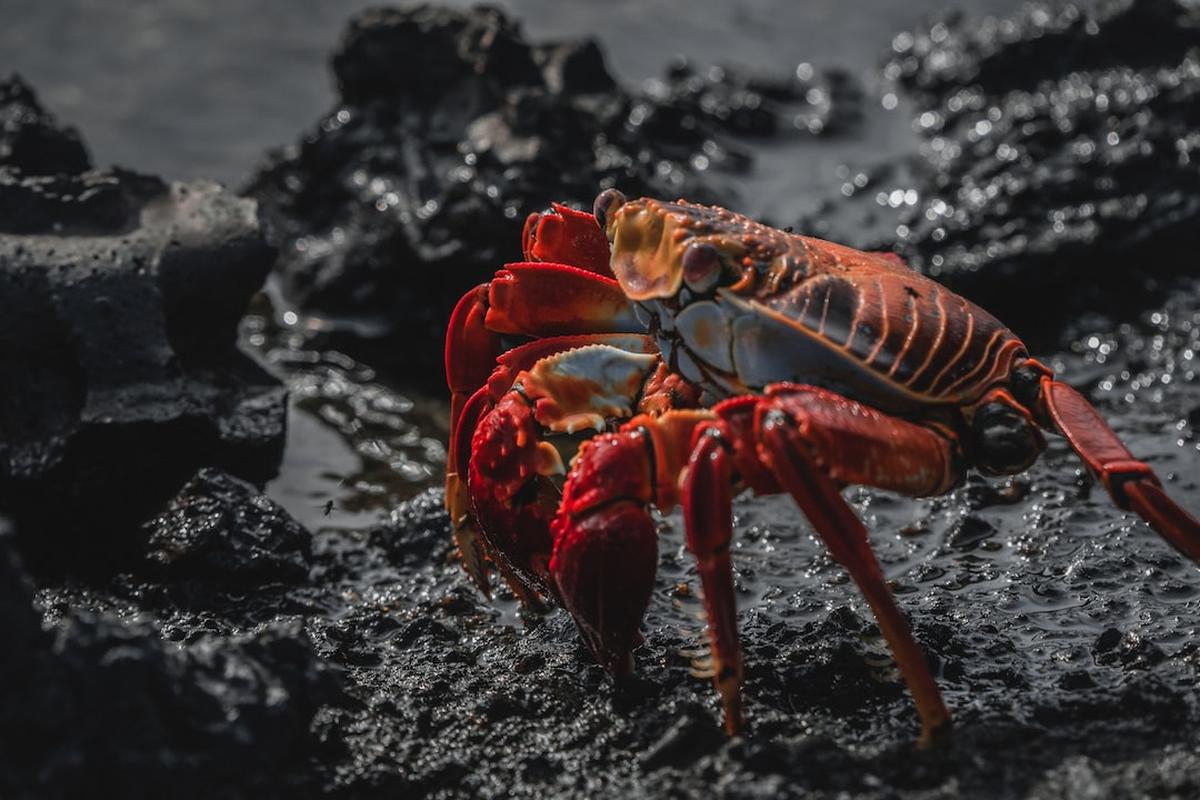The Galapagos Islands, an archipelago of volcanic islands distributed on either side of the equator in the Pacific Ocean, are renowned for their unique species and significant role in the study of evolution. This archipelago, which is part of the Republic of Ecuador, has been the subject of scientific research since the time of Charles Darwin. Its rich biodiversity and unique ecosystem have made it a living laboratory for scientists and a source of fascination for nature lovers around the world.
The Role of Abraham Ortelius
Who was Abraham Ortelius?
Abraham Ortelius was a renowned cartographer and geographer from the 16th century, often hailed as the creator of the first modern atlas, the ‘Theatrum Orbis Terrarum’. His work revolutionized the field of cartography and laid the foundation for future explorations.
His Contribution to Cartography
Ortelius’s ‘Theatrum Orbis Terrarum’, published in 1570, was a groundbreaking work that compiled the geographical knowledge of the time into a single, comprehensive volume. It was the first book of its kind to systematically collate maps from various sources into a uniform format, providing a comprehensive view of the world as it was known then.
Inclusion of the Galapagos Islands in his World Atlas
Ortelius’s atlas also included the Galapagos Islands, marking one of the earliest known references to this unique archipelago. His work played a significant role in bringing these islands to the attention of the broader scientific community.
The Naming of the Galapagos Islands
Meaning of ‘Insulae de los de Galapagos’
The term ‘Galapagos’ is derived from the old Spanish word ‘galapago’, which refers to a type of saddle. The islands were named ‘Insulae de los de Galapagos’ or ‘Islands of the Tortoises’ due to the unique, saddle-shaped shells of the giant tortoises found there.
Connection between the Giant Tortoises and the Name ‘Galapagos’
The giant tortoises of the Galapagos Islands, with their distinctive shell shape, were a striking feature that caught the attention of early explorers. The resemblance of these shells to a saddle, or ‘galapago’ in Spanish, led to the islands being named as such.
The Spanish Influence on the Name
The name ‘Galapagos’ reflects the strong Spanish influence in the region during the Age of Exploration. The islands were discovered by chance by the Bishop of Panama, Fray Tomas de Berlanga, in 1535 when his ship was carried off course by strong currents.
The Unique Fauna of the Galapagos Islands
Overview of the Biodiversity in the Galapagos Islands
The Galapagos Islands are home to an array of unique species, many of which cannot be found anywhere else in the world. This includes not only the famous giant tortoises but also unique species of finches, marine iguanas, and flightless cormorants, among others.
Detailed Discussion on the Giant Tortoises
The giant tortoises of the Galapagos are among the most iconic species of the archipelago. These gentle giants, which can live for over a century, have played a crucial role in shaping the ecosystems of the islands. Their slow metabolism and large size have allowed them to thrive in the harsh, volcanic landscapes of the Galapagos.
How the Fauna Influenced the Naming of the Islands
The unique fauna of the Galapagos Islands played a significant role in the naming of the archipelago. The distinctive saddle-shaped shells of the giant tortoises, in particular, were a defining feature that led to the islands being named ‘Galapagos’.
The Galapagos Islands and Evolution
Charles Darwin and the Galapagos Islands
The Galapagos Islands are perhaps best known for their role in the development of Charles Darwin’s theory of evolution. During his visit to the islands in 1835, Darwin observed the unique species of the Galapagos and noted the variations between species on different islands. These observations formed the basis of his groundbreaking theory of natural selection.
Role of the Islands’ Unique Fauna in the Development of the Theory of Evolution
The unique fauna of the Galapagos Islands, particularly the finches and the tortoises, played a crucial role in the development of Darwin’s theory of evolution. The variations he observed among these species across different islands led him to propose the idea of natural selection, where species evolve over time through the survival of the fittest.
Cultural Significance of the Galapagos Islands
Influence of the Islands on Literature and Popular Culture
The Galapagos Islands have had a significant influence on literature and popular culture. They have been the setting for numerous novels and films, and their unique wildlife has inspired countless works of art and literature.
The Islands as a Symbol of Biodiversity and Conservation
The Galapagos Islands have become a symbol of biodiversity and conservation. Their unique ecosystems and endemic species have made them a focal point for conservation efforts, and they serve as a powerful reminder of the importance of preserving our planet’s biodiversity.
Current Status of the Galapagos Islands
Conservation Efforts in the Galapagos Islands
Today, the Galapagos Islands are a UNESCO World Heritage Site and a Biosphere Reserve, reflecting their global importance for biodiversity conservation. Numerous conservation projects are underway to protect the islands’ unique ecosystems and species.
The Islands’ Status as a UNESCO World Heritage Site
The Galapagos Islands were declared a UNESCO World Heritage Site in 1978 in recognition of their unique biodiversity and ecological importance. This designation has helped to protect the islands and their unique species from threats such as invasive species and climate change.
Conclusion
The Galapagos Islands, with their unique biodiversity and rich history, hold a special place in our understanding of the natural world. The origin of their name, tied to the distinctive giant tortoises that inhabit the islands, reflects the unique nature of this archipelago. As we continue to explore and understand the Galapagos Islands, they remain a symbol of the wonders of evolution and the importance of biodiversity conservation.
Frequently Asked Questions
Who was Abraham Ortelius?
Abraham Ortelius was a renowned cartographer and geographer from the 16th century, often hailed as the creator of the first modern atlas, the ‘Theatrum Orbis Terrarum’.
What does ‘Galapagos’ mean?
The term ‘Galapagos’ is derived from the old Spanish word ‘galapago’, which refers to a type of saddle. The islands were named ‘Galapagos’ due to the unique, saddle-shaped shells of the giant tortoises found there.
What unique species can be found in the Galapagos Islands?
The Galapagos Islands are home to an array of unique species, including the famous giant tortoises, unique species of finches, marine iguanas, and flightless cormorants, among others.
What role did the Galapagos Islands play in the development of the theory of evolution?
The Galapagos Islands played a crucial role in the development of Charles Darwin’s theory of evolution. Darwin’s observations of the unique species of the Galapagos and the variations between species on different islands formed the basis of his groundbreaking theory of natural selection.
What is the current status of the Galapagos Islands?
The Galapagos Islands are a UNESCO World Heritage Site and a Biosphere Reserve. Numerous conservation projects are underway to protect the islands’ unique ecosystems and species.
Why are the Galapagos Islands important for biodiversity conservation?
The Galapagos Islands are home to many unique species that cannot be found anywhere else in the world. Their unique ecosystems have made them a focal point for conservation efforts, and they serve as a powerful reminder of the importance of preserving our planet’s biodiversity.
References:
- Abraham Ortelius and the First Atlas. (n.d.). Retrieved from https://www.thoughtco.com/abraham-ortelius-and-the-first-atlas-1435531
- The Galapagos Islands: A Unique Laboratory for the Study of Evolution. (n.d.). Retrieved from https://www.pbs.org/wgbh/evolution/library/03/2/l03204.html
- The Naming of the Galapagos Islands. (n.d.). Retrieved from https://www.galapagos.org/about_galapagos/about-galapagos/history-2/the-naming-of-the-galapagos-islands/
- Galapagos Islands. (n.d.). In Encyclopædia Britannica. Retrieved from https://www.britannica.com/place/Galapagos-Islands
- Galapagos Conservation Trust. (n.d.). Retrieved from https://www.gct.org/








